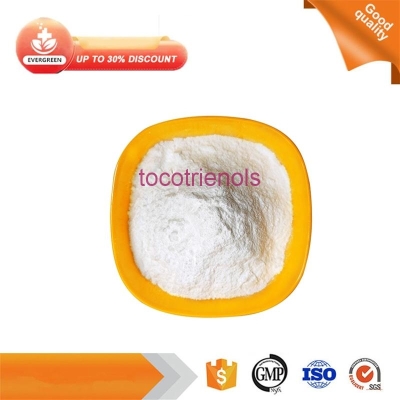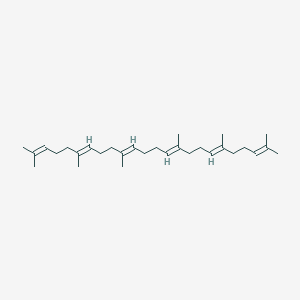Research and development of new materials implanted should focus on biocompatibility
-
Last Update: 2020-07-06
-
Source: Internet
-
Author: User
Search more information of high quality chemicals, good prices and reliable suppliers, visit
www.echemi.com
in recent years, implantedmedical deviceshas entered a period of rapid development, a variety of implantable devices have been developed and marketedFor these long-term need to implant the human body device, biocompatibility with the human body has become an urgent problem to be solved, otherwise it may cause rejection reaction, so that implantedmedical device
not working properly and lead to serious consequencesAs a result, manufacturers have invested heavily in developing new materials for good biocompatibility, with a view to replacing traditional polymer icing materials used to make components for implantablemedical devicesproductsSo far, some progress has been made in the field of new materialresearch and new technology for surface treatment of implantable medical devicesThe modified silicone ultra-thin coating materialresearchers at Queen Mary University of London have developed a novel, ultra-thin biocompatible new material based on "modified silicone", which can be applied to the surface of a variety of existing implanted medical devices or implantable electronic device components to prevent the occurrence of human rejection reactionsAlthough silicone is a material with better biocompatibility, there are also some defects such as poor permeability and easy hardening deformationThe new silicone new material, improved by British researchers, can greatly improve its permeability and anti-hardening, making it more suitable for use in the human body's special physiological environmentSo far, the artificial corneas developed in various countries have the disadvantages of poor permeability and transparency not as good as the real cornea, thus limiting their application range in corneal transplant surgeryNot long ago, a medical device company in the United States has developed a new type of artificial cornea, according to the introduction, the product in advance on its surface covered with a 1% w/v silicone" materialAnimal experiments have proved that the new artificial cornea transplanted into the eyeballs of experimental animals, not only to make it see the obstacles in front of it, but also the cornea's permeability is much better than the existing artificial cornea Unlike silicone
-based materials, diamond powder-based carbon coating materials belong to an inert biocompatible material And diamond powder has a permanent corrosion resistance, which is particularly suitable for implantable medical devices in the special physiological environment of the body Currently, the researchers have successfully applied diamond powder to the surface of a metal-made medical device component using a "plasma gas coating method" and formed an ultra-thin coating with a thickness of only 1 micron Experiments show that the coating film formed by diamond powder is very rigid, but it still has some elasticity, can withstand friction and shear force, and has corrosion resistance The new diamond powder carbon coating material is ideally suited to surface coating materials for implantable medical device components made of metal or polymer polymers to improve their biocompatibility and corrosion resistance Animal experiments have also confirmed that diamond-powder editing materials do not cause inflammatory reactions in cells or tissues, so the technology is expected to be widely used in surface treatment of implantable medical devices New materials for surface coating of polysaccharides polymers clinical trialresults show that soon after the patient is implanted with a neuroregulator, nerve cells quickly attach to the surface of the regulator's electrodes, eventually affecting the work of the neuroregulator - the current flows in the "interface" between the nerve cells and the electrodes In order to overcome this difficult technical problem, British researchers have spent a lot of time, finally invented an implanted neuroregulator-specific polysaccharide polymer surface coating of the new material - "sulfate chondroitin plus polyethylene glycol." The researchers applied the newly invented polysaccharide mixture material evenly to the surface of the implanted nerve regulator, effectively preventing nerve cells from sticking to the electrodes, thus reducing power consumption, improving the working life of implanted electronic devices and better performing their effects It has also been reported that British researchers are working on a new generic "anti-neuro-adhesive biocompatible material" with better durability and biocompatibility than existing materials Once successfully developed, it will completely solve the headache of nerve cell adhesion problems and the failure of implantable electronic medical devices (Xu Rongkui)
This article is an English version of an article which is originally in the Chinese language on echemi.com and is provided for information purposes only.
This website makes no representation or warranty of any kind, either expressed or implied, as to the accuracy, completeness ownership or reliability of
the article or any translations thereof. If you have any concerns or complaints relating to the article, please send an email, providing a detailed
description of the concern or complaint, to
service@echemi.com. A staff member will contact you within 5 working days. Once verified, infringing content
will be removed immediately.







